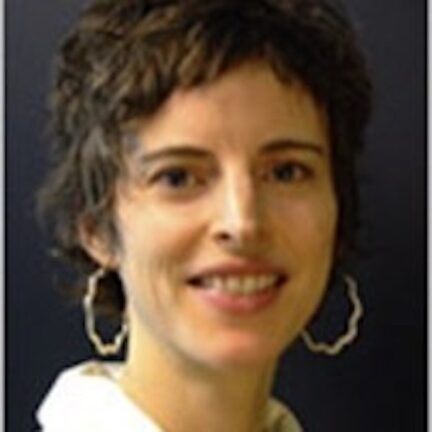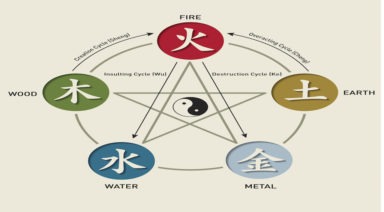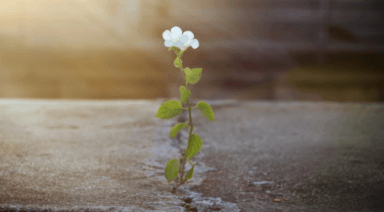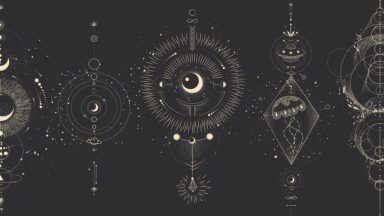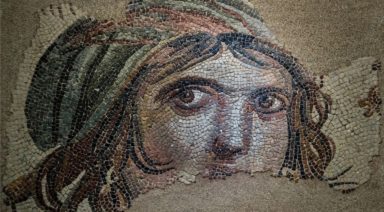Loving Without Attachment to the Ego
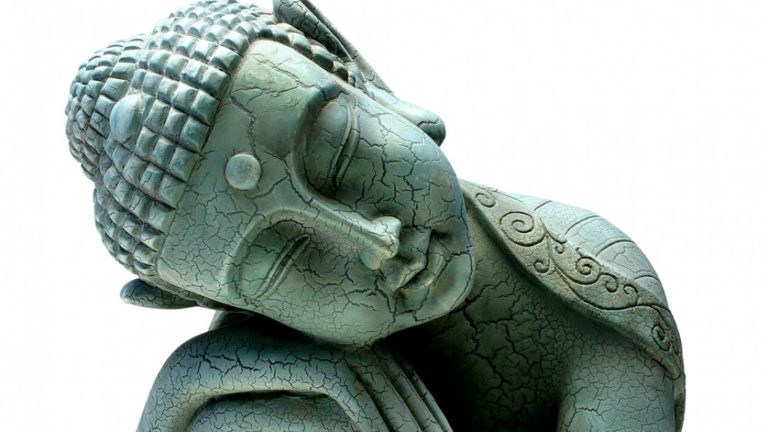
This is a nice idea, certainly one encouraged by the yogic philosophy, yet we may not have an idea of what it really involves. As a therapist and yoga teacher, it has been rare to come across people who are interested in letting go of attachment to the ego. In a way, we enjoy the stories and dramas created by ego, and then other days, (when you have acted out the same patterned behavior for the millionth time), we hate it!
If you ask inside, “Do I really want to love without ego?”, and YES! comes from inside your being, (not from the head), then go for it. If it is your heart’s desire to love and experience relationship in this way, you must follow it! Otherwise, feel free to stay in ego love, watch it, and enjoy it. Practice observation of the projections of love, i.e. loving the projected mother or father, or loving the reflection of your perfect self or most hated self. There are lots of themes of ego love that can be quite dramatic, engaging, and chaotic. These games can serve as opportunities to learn a great deal about oneself. Enjoy the opportunity.
Even if one doesn’t really know how to love without attachment to ego, (like me, I’m learning as I go), if we remain committed to the intention, the heart will continue to expand and ego will continue to dissolve.
My elementary understanding of what comprises a tantric relationship is where I am committed to loving another from my Pure Heart rather than the small ego, remembering the other as the Beloved rather than as their small ego, and choosing to act with love in every moment with the other. How fantastic! And how utterly challenging.
In my explorations with sacred relationship, here’s the how tos I’ve discovered so far.
5 Tips for How to Love Fully without attachment to the Ego
- Get to know your ego, make friends with it, understand and accept its existence within you
- Commit to a consistent meditative and breath practice so your ability to witness your thoughts, emotions, and behaviors with some distance increases.
- Every time you notice the ego tempting you to put up walls of fear, resistance and judgement towards another, look within yourself to see what you are not content with within your own being.
- Be honest with yourself. Be honest with others. Share your ego and its’ fears.
- Share love whenever you remember. With your partner, your children, your friends, a stranger, a collegue, the Existence around you….in the most subtle ways we can share love and expand the energy of the heart. With some this may be a smile, a silent prayer, with others it may be sharing attention, listening, playing, giving something, cooking, writing a letter, massaging, holding a hand, a phone call, singing, dancing, creating, whenever you remember, share your love. This consistent remembering to take action from the heart (when it’s not an obligation!), expands consciousness and diminishes unconsciousness (ego).
Experiment and enjoy!
The Five Chinese Zodiac Elements: How To Discover Yours And The Meaning Behind It

In Chinese culture, there is a strong focus placed on balance. As energy flows in one direction, it ebbs in another. From Feng Shui to holistic medicine, the interactions and relationships within the universe are only harmonious when kept in balance. The Five Elements Theory, or Wu Xing, is a Chinese philosophy that is used as the basis for everything from traditional Chinese medicine and acupuncture to fortune-telling, martial arts, and more. The five elements — earth, metal, wood, fire, and water — are believed to be the fundamental roots of the universe, between which interactions occur.
Similar to horoscopes in Western astrology, each Chinese element has its own characteristics and associations, and each plays a crucial role in the balance of the universe. No element is stronger or more important than another, and each has its own defined strengths and weaknesses. According to the Five Elements Theory, all things arise from and return to the universe and are composed of these elements. This is why understanding our own connection to them is important.
Understanding the Chinese Elements Cycle
Each of the five elements stands independently, but each influences and molds the others. The world’s interactions are determined by the Chinese elements creating and destroying each other. The process of creation promotes development, while the process of destruction restrains this development. The two are complementary processes and create a harmonious stillness when balanced.
For example:
Creation:
- Water feeds Wood.
- Wood fuels Fire.
- Fire makes Earth (i.e. ash).
- Earth produces Metal.
- Metal carries Water.
Destruction:
- Wood separates the Earth (i.e. roots).
- Earth absorbs Water.
- Water smothers Fire.
- Fire melts Metal.
- Metal penetrates Wood.

